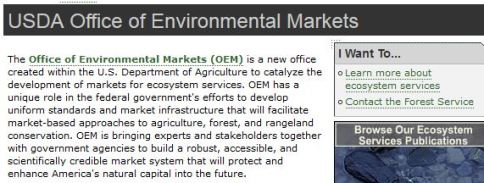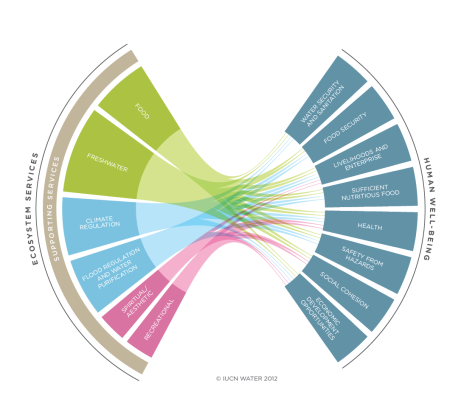Dec 02
20190
Imperialist Wars/Occupations, Whiteness & Aversive Racism
Emerging Markets Forests Fourth Industrial Revolution Global Green New Deal Green New Deal industrial tree plantations (ITPs) Land Grabs Militarism Mining Natural Climate Solutions REDD UN-REDD ‘green grabs’ ‘water grabs’
The Militarisation & Marketisation of Nature: An Alternative Lens to ‘Climate-Conflict
November 2014
By ALEXANDER DUNLAP, Global Studies, University of Sussex, Brighton, UK & JAMES FAIRHEAD, Anthropology, Justice and Violence Research Centre, International Development, University of Sussex, Brighton, UK
“Policies addressing climate change are driving major transformations in access to global land, forests and water as they create new ‘green’ markets that reinforce, and attracts the financial grid and its speculators. This leads us to examine the rise of state violence and subsequent environmental policies in forests, transferring into both ‘fortress’ and ‘participatory’ conservation, enhancing this relationship with new environmental commodity markets. We go on to document how the new and intensifying commodification of the environment associated with climate change is manifest in conflicts linked to the UN-REDD+ programme, industrial tree plantations (ITPs), and land-use practices associated with conservation and biofuels. We trace conflicts to business practices associated with land acquisitions and mining practices which claim to address climate change and mitigate ecological crises. This paper thus grapples with systemic issues of the modern industrial economy and the mechanisms legitimising and advancing the militarisation and marketisation of nature.”
Bolivia’s President Evo Morales who was forced to resign during a horrific coup d’état that took place on November 10, 2019. With an estimated 9,000,000 tons, Bolivia holds about 43% of the world’s known lithium reserves. Lithium is the backbone of a “Global Green New Deal – the popular term for the Fourth Industrial Revolution (as sought by World Economic Forum, now partnered w/ the UN) The Lithium ABC countries are — A-rgentina B-olivia & C-hile. Photographer: STR/AFP via Getty Images
INTRODUCTION
There is more to ‘climate and security’ than worrying whether people fight more in increasingly bad weather. Policies addressing climate change are driving major transformations in access to global land, forests and water as they create new commodities and markets for carbon, biofuels, biodiversity and climate-secure food. The emergence of these new ‘climate change commodities’ reinforces, and also attracts the financial grid and its speculators. What interests us in this paper is how the advent and expansion of these new commodities and their markets generate or prolong conflicts. ‘Climate conflicts’ become manifest in these new economic and political orders that, we argue, arise around these markets, driving ‘land grabs’, ‘water grabs’ and ‘green grabs’, and which are further animated by food and energy securitisation in the face of new climatic threats.
It is our contention, then, that pressing links between climate change and security are to be perceived through these mitigation markets and the resource capture and militarisation associated with them. It is our worry that
current discourses that ‘securitise’ climate change are actually part and parcel of these markets, and thus play a part in bringing about the very insecurities that they might purport to address. Moreover, these discourses nourish these new global ‘green’ markets that remain dependent on resource intensive structures and a military-industrial complex to police them. Climate Security, in the tradition of mainstream development, assumes the continuation of the industrial and financial economy as the implicit reason for mitigation and adaptation, and fails to address, or even acknowledge at times, the inherent environmental insecurity and widespread degradation built into this industrial economy. The popular and widespread belief that environmental degradation and climate change directly induces and intensifies conflict, thus risks creating a self-fulfilling prophecy in a second way by extending and intensifying the existing political and industrial economic relationships dependent on growth imperatives and the subsequent consumption and usurpation of the natural environment.
To proceed, we review literatures on climate-conflict/security to render visible the violence in land frontiers. We then examine the rise of state violence and subsequent environmental policies in forests and protected areas,
and how these relationships transfer into both the ‘fortress’ and ‘participatory’ conservation, that are now enhanced by ‘green’ or environmental commodity markets. We go on to document how the new and intensifying commodification of the environment associated with climate change is manifest in land conflicts linked to the UN-REDD+ programme, industrial tree plantations (ITPs), and land-use practices associated with conservation and ‘offsetting’.
We trace conflicts to business practices associated with land acquisitions and mining practices which claim to address climate change and mitigate ecological crises – expanding our analysis to embrace such Orwellian concepts as ‘sustainable mining’ and ‘green uranium’. This paper thus grapples with systemic issues of the modern industrial economy and the mechanisms legitimising and advancing the militarisation and marketisation of nature.
These concerns are generally pushed to the margins, if not neglected in their entirety by the climate conflict debate, requiring immediate reflection and thoughtful action.
Download the paper: The_Militarisation_and_Marketisation_of













 Global Justice Ecology Project (
Global Justice Ecology Project (








 The concept of ecosystem services originates with some in the field of
The concept of ecosystem services originates with some in the field of 








